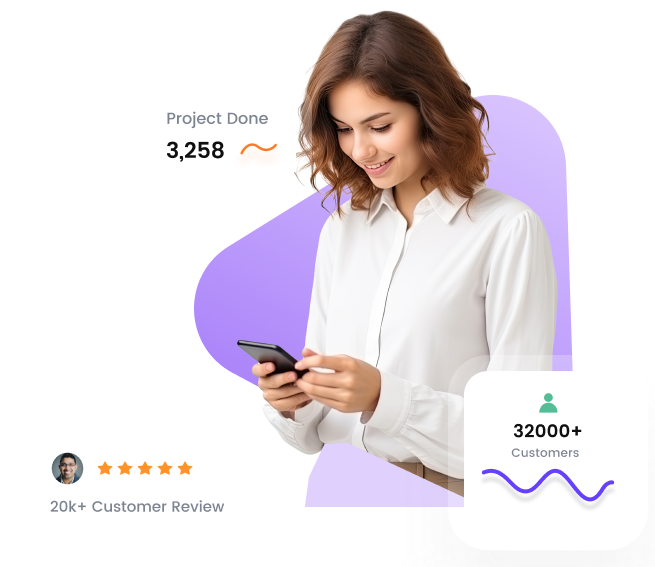Ensures accurate and fraud-free tracking of employee attendance


Biometric data capture refers to the process of gathering unique physical or behavioral features of individuals to identify and authenticate them. Biometric systems are increasingly being used in human resources and workforce management to streamline processes such as identity verification, attendance monitoring, and access control. Now here's a quick look as to why biometric data capture is important, of what kinds, pros, and cons, and even more importantly, the best ways it can be done.


True-time attendance tracking watches and captures the attendance of every employee in real-time and, thus, keeps an organization as updated as possible about who is there, not there, or late. Technology-based attendance tracking with a record of immediate data recording has many benefits for both management and employees. The following summary deals with why real-time attendance tracking is important, what its main features are, what pros and cons are, and finally, the best practices in real-time attendance tracking.
A customisable attendance policy allows a company to alter how they control employee attendance to fit the needs of their employees and the needs of their business. This kind of flexibility is needed to fulfill different employee needs, provide an enjoyable working environment, and ensure legal compliance. In this article, I'll be discussing why a customizable attendance policy is essential, what its key features are, what are the pros and cons of using this, and the best way to implement it.


Reporting and analytics, in attendance and workforce management, refer to the systematic collection, analysis, and presentation of information regarding employee attendance, leave patterns, and general workforce performance. This allows businesses to make smart decisions, run more smoothly, and get their workers more involved. This article discusses why reporting and analytics are important, their main features, their pros and cons, and the best ways to use them.
Employee self-service access are those systems and tools that enable employees to manage all sorts of HR tasks on their own, without any kind of direct help from HR staff. This method makes things run more smoothly, gets the workers more involved, and raises overall workplace satisfaction. Here is a detailed look at why employee self-service access is important, what its main features are, what its pros and cons are, and what the best practices are.


Historical attendance data refers to all the records of all employees' attendance for a given period, including absence, tardiness, and leave patterns. Such data is very important to businesses that want to understand trends in their workforce, utilize their resources effectively, and make policy decisions. The following is an overview of why historical attendance data is important, what its major features are, its pros and cons, and how best managers can use it.







Biometric & System Attendance is important because it ensures accurate and fraud-free tracking of employee attendance. By using unique identifiers like fingerprints or facial recognition, it prevents issues like buddy punching and manual errors. This improves accountability, streamlines payroll, and helps HR manage employee hours efficiently.